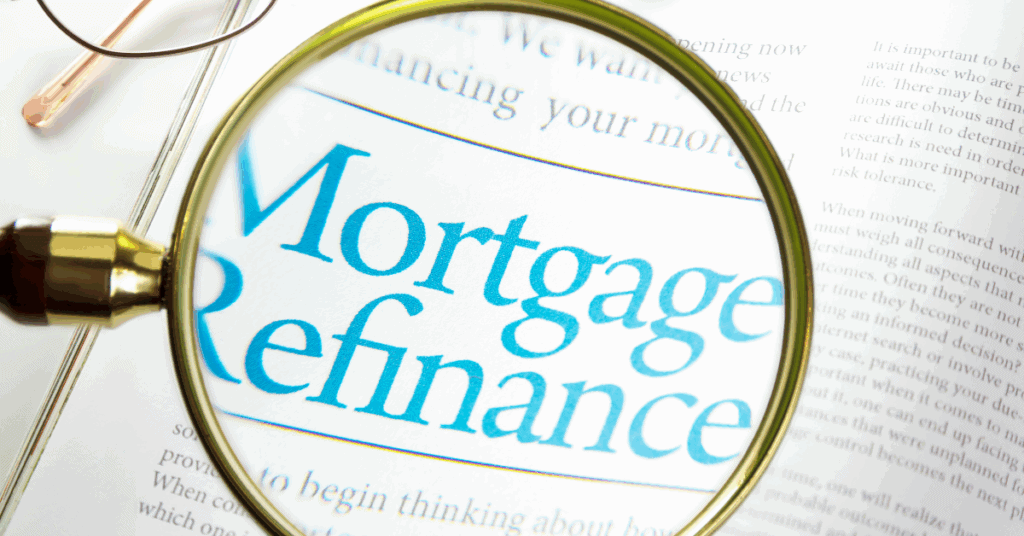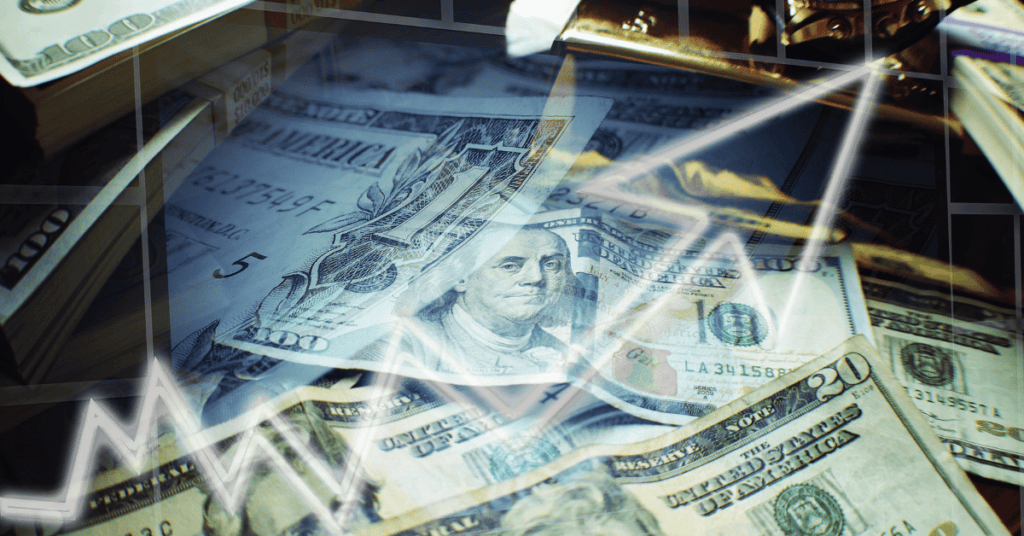Get Expert Financing
- Matched with investor-friendly lenders
- Fast pre-approvals-no W2s required
- Financing options fro rentals, BRRRR, STRs
- Scale your portfolio with confidence
If you’re dealing with significant debt, you may wonder, “Should I refinance my mortgage to pay off debt?” This is a common question for homeowners looking to consolidate high-interest debts, such as credit cards, medical bills, or student loans.
Refinancing your mortgage could be a strategic way to manage your finances better.
In this article, we’ll explore refinancing options, when they make sense, and alternative strategies for debt consolidation to help you make an informed decision.
Refinancing means getting a new mortgage to replace your current one. This new mortgage might have better terms or be structured differently.
This can also be an effective way to access your home equity to pay off other debts.
Let’s look at different ways to refinance to achieve your financial goals.
With a cash-out refinance, you can take out a bigger loan that pays off your current mortgage—the difference is given to you as cash.
This money can be used to pay off debts with higher interest rates.
For example, if your home is worth $250,000 and you owe $100,000, you could access up to 80% of its value—about $120,000.
A rate-and-term refinance involves replacing your current mortgage with a new one that has a different interest rate, loan term, or both.
While this option doesn’t provide cash for debt consolidation, it can lower your monthly payments by dropping your interest rate or extending the loan term. The savings each month can then be applied toward paying off other debts.
Before deciding to refinance your mortgage to pay off debt, it’s essential to evaluate your overall financial health.
The debt-to-income (DTI) ratio is the amount of monthly income that is used to pay off debts.
Lenders look at this ratio when determining eligibility for refinancing. A lower DTI ratio improves your chances of approval and could qualify you for better interest rates.
Your credit score is your best ally for securing better interest rates when refinancing. Before applying, review your credit report for mistakes and work on boosting your score.
Look at the interest rates on your current debts versus mortgage rates. If mortgage rates are lower, refinancing might offer savings.
When you do a cash-out refinance, the equity in your home affects the amount of cash you can borrow.
After refinancing, lenders usually require you to keep at least 20% equity in your home.
Before refinancing, consider the potential costs and risks involved:
Before proceeding with a refinance, carefully calculate the potential savings and expenses.
If refinancing isn’t the best option for your situation, consider these other debt payoff strategies:
Pay down high-interest debts first, and make minimum payments on your other balances.
Pros:
Cons:
Pay off the smallest debts first to gain momentum, then focus on larger ones.
Pros:
Cons:
Move any debt from high-interest credit cards to a card offering a lower or 0% introductory rate.
Pros:
Cons:
To make the best decision, consider this checklist:
Refinancing to pay off debt can be beneficial, but it also has risks.
Carefully review your finances, consider the pros and cons, and consult a professional before deciding.
Start your refinance journey with MyPerfectMortgage.com, and let us help you connect with the right lender for your debt situation.
Get started with MyPerfectMortgage.com today.Our advice is based on experience in the mortgage industry and we are dedicated to helping you achieve your goal of owning a home. We may receive compensation from partner banks when you view mortgage rates listed on our website.


